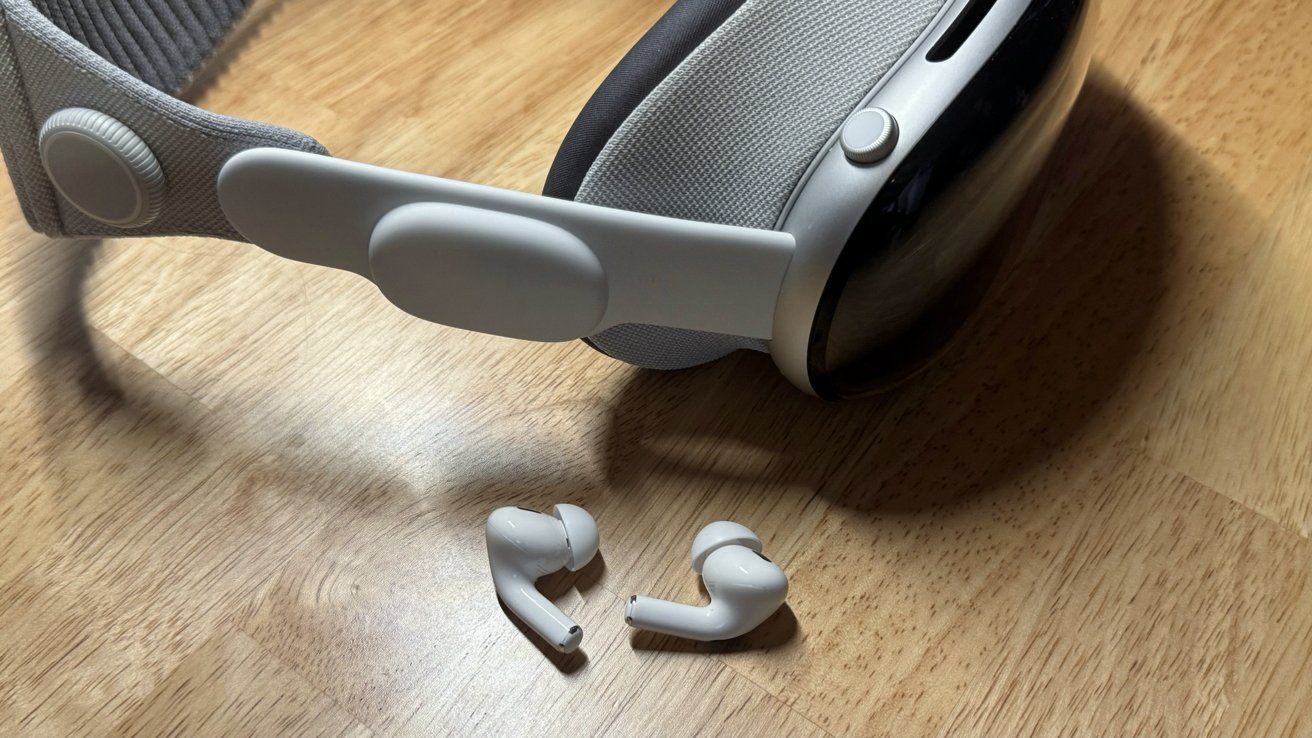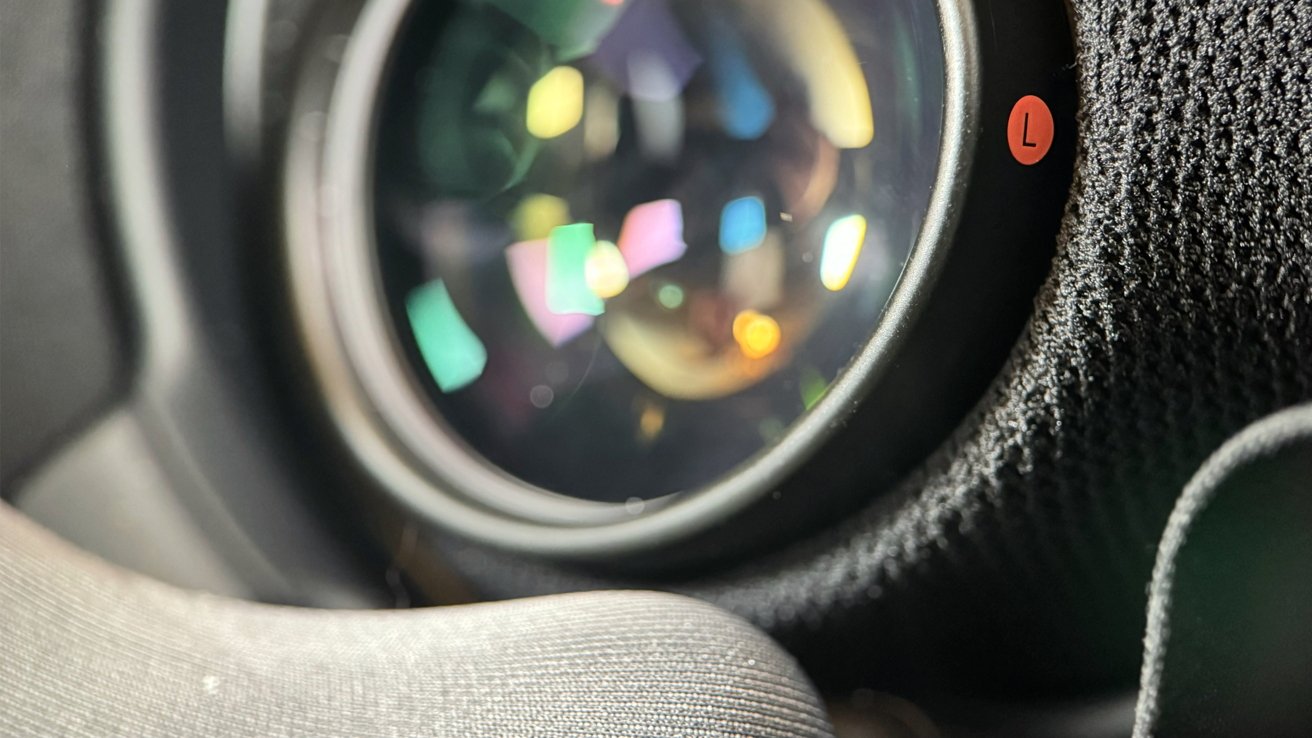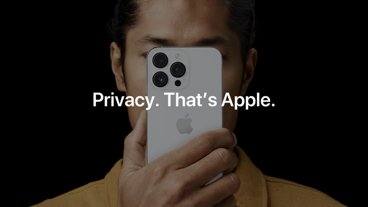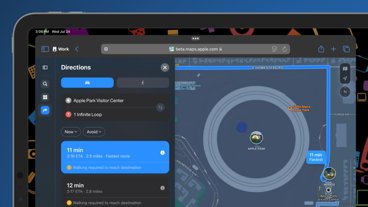Former Oculus chief: Apple Vision Pro is the VR industry's new Northstar
Last updated
A wide-ranging essay from ex-Oculus head Hugo Barra looks at the Apple Vision Pro, and evaluates what makes it good and bad for the entire VR and AR industry.
The post, published late on Wednesday delves deep into design philosophy and engineering of the Apple Vision Pro. In case you don't know who Hugo Barra is, he was the Android vice president at Google for five years, before moving to Xiaomi as vice president of global operations.
Between 2017 to 2021, he was the vice president of virtual reality and chief of Oculus at Facebook, so his bona fides are clear.
Barra leads his essay talking about the integration of the product, and what it has delivered to the consumer. Calling Apple Vision Pro the "Northstar" for what the entire AR and VR industry should shoot for, he points to Apple's choice of featuring augmented reality in what is essentially a virtual reality headset.
"This level of connection with the real world — or 'presence' as VR folks like to call it — is something that no other VR headset has ever come even close to delivering and so far was only remotely possible with AR headsets (ex: HoloLens and Magic Leap) which feature physically transparent displays but have their own significant limitations in many other areas," Barra said.
He also credits Apple's engineering for complete integration of multiple technologies to deliver a complete whole. This has led to a superior user interface, versus what's on the market right now outside the Apple Vision Pro.
"The hardware needed to track eyes and hands in VR has been around for over a decade, and it's Apple unique ability to bring everything together in a magical way that makes this UI superpower the most important achievement of the entire Vision Pro product, without a shadow of doubt," Barra noted.
But it's not all praise. Barra sees the Apple Vision Pro in much the way I do, with it intended as a developer's kit. He believes that Apple played it safe in the design of its first headset, by over-engineering it to set a high-water mark for what Apple wants to deliver to consumers less-expensively in the future.
"For starters, Vision Pro ships with more sensors than what's likely necessary to deliver Apple's intended experience," says Barra. "This is typical in a first-generation product that's been under development for so many years. It makes Vision Pro start to feel like a devkit."
Leaning into that "over-engineered" point, Barra notes that Apple Vision Pro is uniquely Apple.
"Because of its heavy weight, Vision Pro has inevitably landed in the world as a high-quality 'devkit' designed to capture everyone's curiosity, hearts & minds with its magic (especially through the voice of enthusiastic tech influencers) while being realistically focused on developers as its primary audience. In other words, the Vision Pro is a devkit that helps prepare the world to receive a more mainstream Apple VR headset that could have product-market fit in 1 or 2 generations."
Even so, he believes that Apple took the right approach — for Apple, and nobody else. The engineering choices may have led to a headset that sits in the middle of the field for weight, but any attempts to reduce that weight would have impacted Apple's design ethos.
The post also delves deeply into the technical matters and decisions behind the Apple Vision Pro's displays
"Apple's relentless and uncompromising hardware insanity is largely what made it possible for such a high-res display to exist in a VR headset, and it's clear that this product couldn't possibly have launched much sooner than 2024 for one simple limiting factor — the maturity of micro-OLED displays plus the existence of power-efficient chipsets that can deliver the heavy compute required to drive this kind of display (i.e. the M2)."
The entire post is an excellent read, and captures the highs and the lows of the platform as it stands now. And, it delves into where Barra thinks that Apple will go with the ecosystem — including training users that there will be a portable tether in the future to a device like an iPhone.
Ultimately, Barra returned his headset. He decided that since he wasn't an active developer, he couldn't justify the over-$4000 he spend on the device.
 Mike Wuerthele
Mike Wuerthele















 Amber Neely
Amber Neely
 Thomas Sibilly
Thomas Sibilly
 AppleInsider Staff
AppleInsider Staff
 William Gallagher
William Gallagher
 Malcolm Owen
Malcolm Owen
 Christine McKee
Christine McKee









10 Comments
“He returned his headset”. What a joke
Was he part of the original Android team that literally copied iOS?
Going back to when Oculus Rift was the big thing and everyone was calling for Apple to develop a VR headset, I called the Vision Pro.
I said that Apple would in no way make a VR headset because it doesn’t fit in with their business model.
I said that if Apple went down the headset route it would build an AR headset that would have a “platform” behind it that would allow developers to make a vast array of apps for it. This would allow VR apps but it would not be its main task.
I was wholly right of course because Vision Pro makes sense for Apple.
I’m super excited to see where developers will take this but I’m worried they’ll wuss out and try and take it down the VR route.
AR has far more potential than VR.